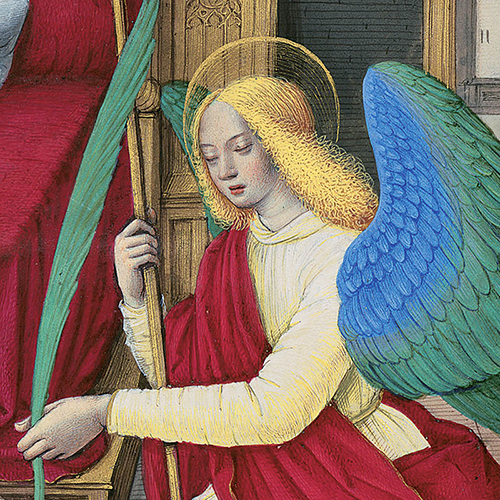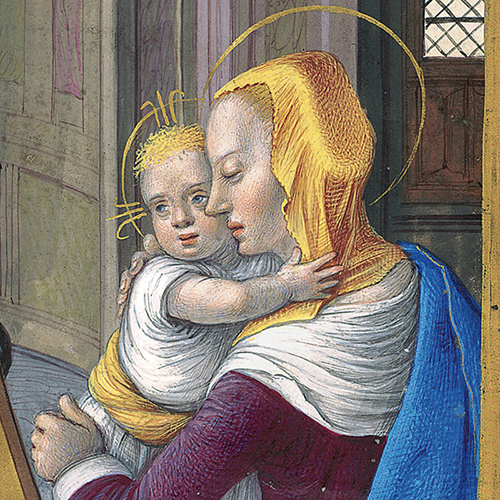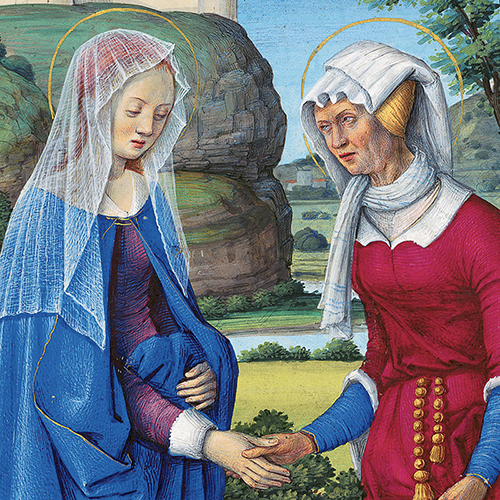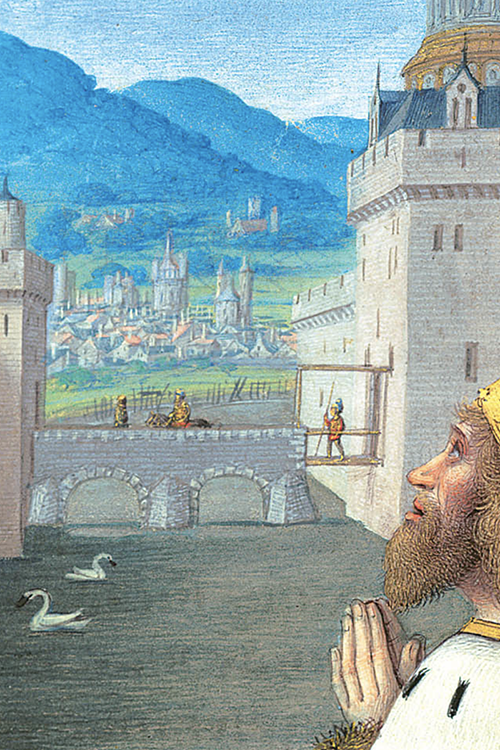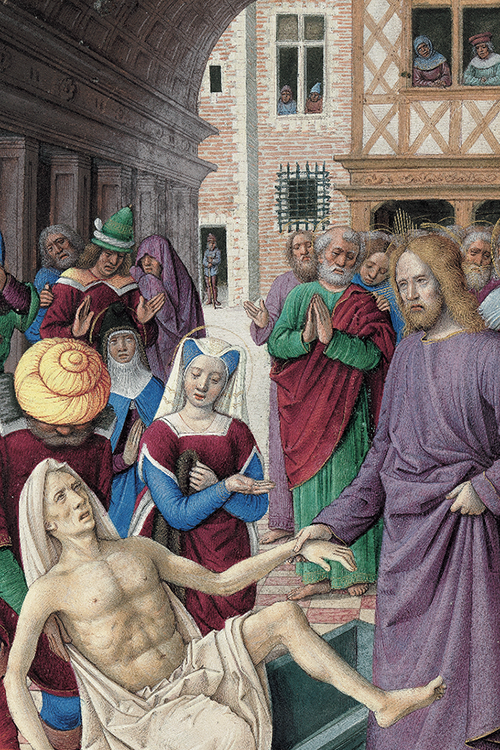Ever dreamed of hosting a Renaissance exhibition in your living-room? With the new facsimile by Quaternio Verlag, unveiled at the Frankfurt Book Fair, you can!
When Jean Poyer looked at the blank parchment folios of the Briçonnet Book of Hours, he saw an empty canvas. After days of work in his studio in Tours, western France, the miniatures he composed through tiny, almost imperceptible brushstrokes, came to resemble the magnificent early Renaissance paintings he had admired in northern Italy and which he himself had completed for Louis XI, Charles VIII, and Louis XII.
With its exceptionally radiant colors, richness of detail, and masterly use of perspective, the Briçonnet Heures dazzles viewers even today for being a collection of exquisite Renaissance paintings in book-form.
Commissioned by the powerful bishop Guillaume Briçonnet in the late 15th century, Poyer’s masterpiece represents a novelty in the tradition of Books of Hours due to the full-page miniatures he dedicated even to secondary portions of text.
Illustrations in the majestic prayer book are reminiscent of artworks by the Italians Giovanni Bellini, Andrea Mantegna, and illumination master Jean Fouquet.
Scholars have compared Jean Poyer’s works to those of Jean Fouquet, Rogier van der Weyden, Leonardo da Vinci, and Michelangelo.
The main parts, such as the Office of the Virgin, St John Passion, Penitential Psalms, and an Office of the Dead, begin with stunning double-page miniatures set in the most beautiful Renaissance architectural settings, with elaborate hats and garments traditionally worn at the courts Jean Poyer was acquainted with.
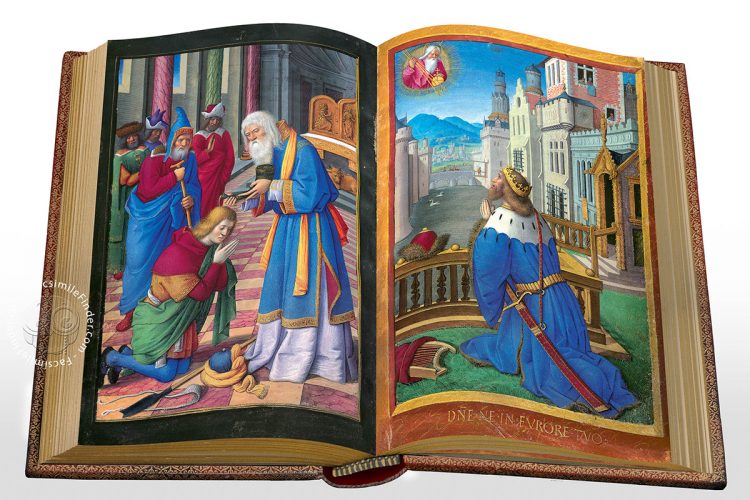
Folios 69v. and 70r. of the Penitential Psalms section, showing David’s anointment and repentance, are stunning for their portrayal of depth and attention to detail, both in the imposing church interior and in the breathtaking view on Renaissance buildings and hilly landscape.
Every single pigment is a testament to Poyer’s mastery of perspective and use of colors, as well as his ability to convey the intense expressiveness of every character. The prophet Samuel, whose beard, hair, and garments result from a myriad of paint strokes, almost comes alive on the parchment.
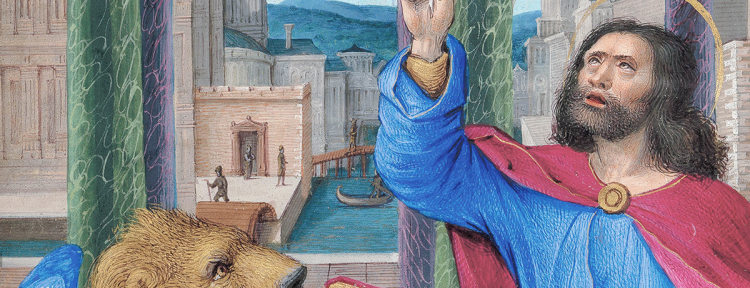
During his stay in Italy, Poyer became influenced not only by great Early Renaissance painters but also by the architecture of cities like Venice. In the background of fol. 11v. a gondolier is seen drifting through the waves of the canal in the shadow of a wooden bridge.
But the city Poyer was best acquainted with was Tours, the capital of France in the 1460s and 1470s, used as a permanent residence by the kings and court. In this charming town, half-timbered houses, with their wooden frames, adjoin the stone façades of Renaissance mansions. The view, which visitors can still enjoy in one of the city center’s cafés, served as a background for the Raising of Lazarus on fol. 83r. The miniature is an example of Poyer’s masterful use of color, both for the intensity of pigments and the contrast among them: the shiny red boots, the bright sapphire trousers, the vibrant green undergarment, and the crimson tunic are all outshined by the light radiating from the gold yellow turban.
This is just one of the amazing new manuscript facsimiles we discovered at the latest Frankfurt Book Fair. We’ll be back in a few days with a new post on the forthcoming editions by Müller & Schindler, CM Editores, Quaternio, Siloé. Stay tuned!


